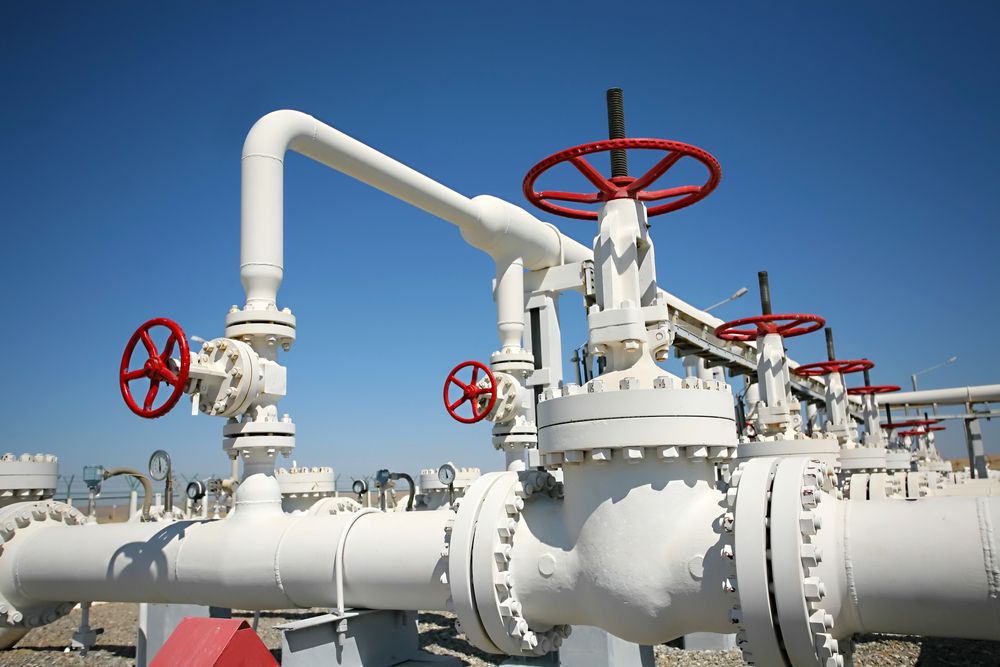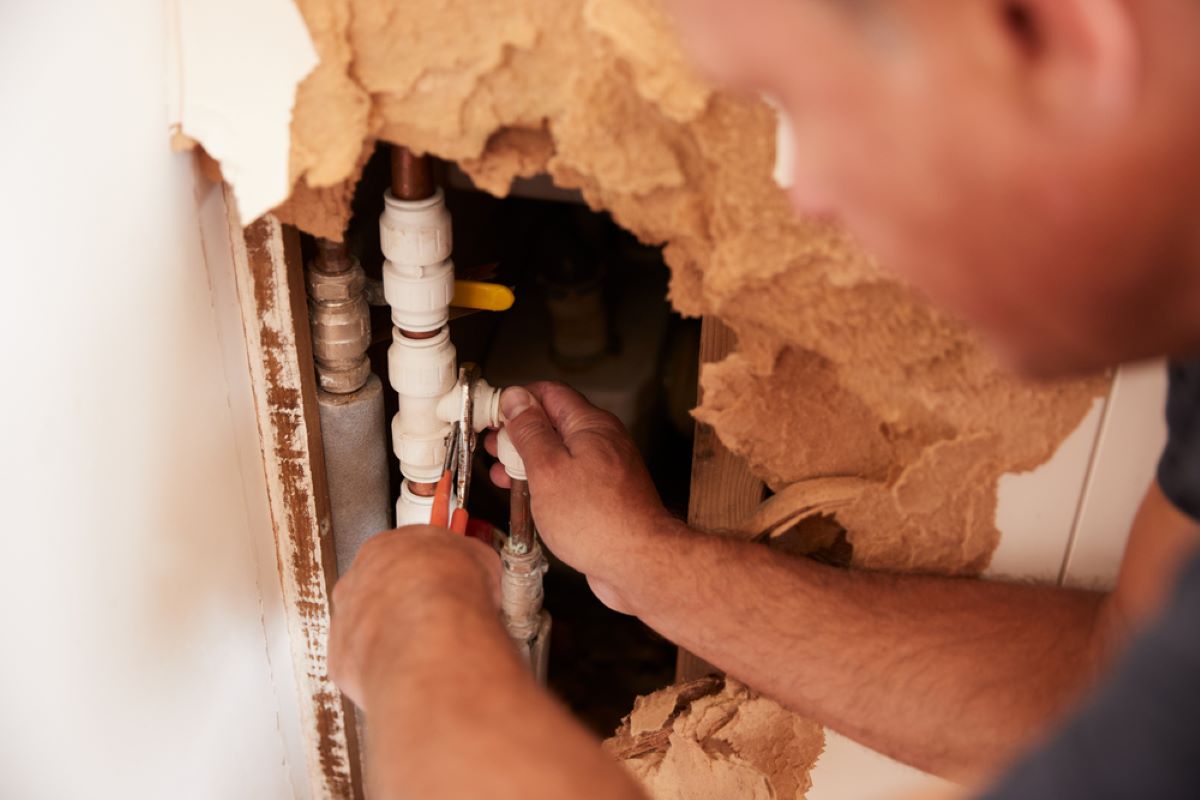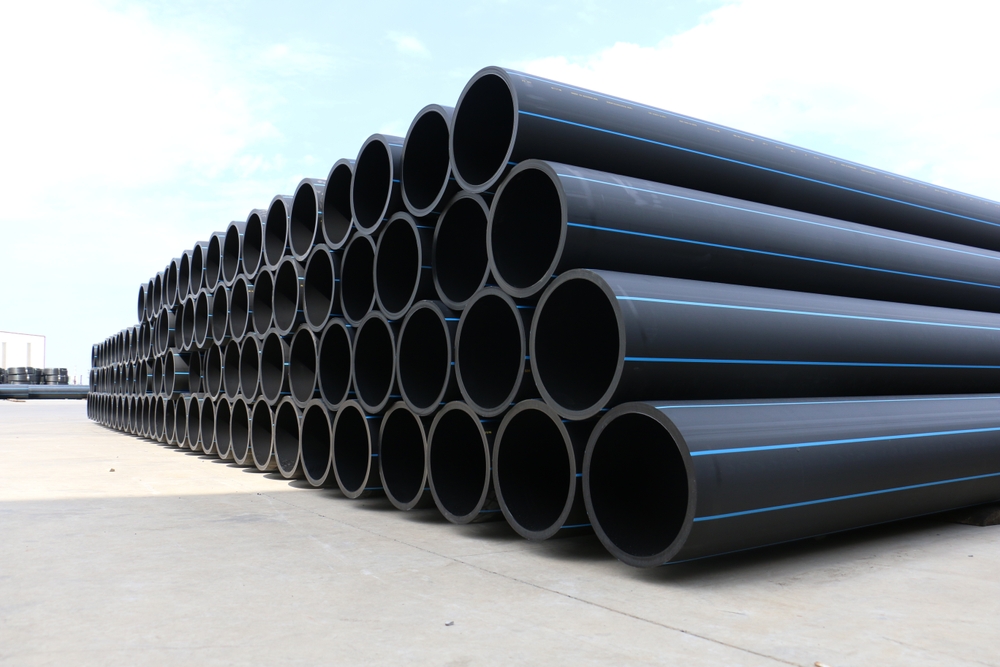Natural gas is a fossil fuel that’s derived from the remains of plants and animals. It’s found deep within the earth and has been used as an energy source for centuries. Natural gas has many advantages over other fuels, including being cleaner-burning than coal or oil. In this article we’ll examine how is natural gas extracted so it can be used as an energy source.
What Is Natural Gas?
Natural gas is a fossil fuel. When it’s extracted and used, it produces carbon dioxide (CO2) emissions. CO2 is the primary greenhouse gas that contributes to global warming.
More specifically, natural gas is a mixture of hydrocarbons. The most common component in natural gas is methane, which makes up about 90% of the substance. Unlike other hydrocarbons like propane or butane that are volatile liquids at room temperature and pressure, methane exists as a gas under these conditions.
Natural gas is colorless, odorless and non-toxic when it’s stored in steel containers above ground—but underground rock formations can make it explosive if there’s even a small amount of oxygen present in the surrounding air (like from a spark).
Let’s explore in detail How is natural gas extracted?
Types Of Gas Drilling
Hydraulic Fracturing
Hydraulic fracturing, better known as fracking, is a process used to extract gas from rock. It involves injecting water, sand, and chemicals into the well at high pressures to create cracks in the rock that can then be exploited by pushing more fluid through those cracks. The pressure of the water and sand causes the cracks to propagate all over the formation. This creates more places for oil or gas to flow out of a well.
Directional Drilling
Directional drilling is a drilling method that allows the horizontal drilling of wells in a variety of geological formations. Directional drillers can use a range of methods to control the direction of their wellbores, including mud motors, cable-tool rigs and steerable systems (including gyroscopic guidance).
The use of these technologies allows directional drillers to take advantage of previously inaccessible hydrocarbon resources by focusing on geometric targets such as fault blocks or other geologic structures.
Vertical Drilling
Vertical drilling is a technique that involves drilling a straight shaft into the ground, rather than using directional drilling. This method is often used for shallow wells that do not require reaching depths of more than 2,500 feet below the surface. Vertical wells are less expensive and easier to drill, which makes them popular among smaller companies and independent producers.
Step By Step Process To Extract Natural Gas
The process of extracting natural gas involves drilling into the earth and collecting it through pipelines or wells before it can be used by industries or individuals. The steps below will guide you through this process:
Make A Drill
A drill is a tool used to extract natural gas from the ground. The drill is long metal tube with a spinning blade at the end of it. This spinning blade cuts through dirt and rock, creating holes in the ground for natural gas to escape.
Locate The Best Spot To Drill
A well site should be located away from roads and buildings, and downwind of any sensitive areas. Once you’ve identified a good location for your well, test-drill to make sure that it will work before proceeding with construction.
Drill Onto The Spot
Once you have a location for your well, it’s time to drill. Remember that you want the hole to be straight and not crooked. To do this, make sure that the drill is aligned with north-south-east-west and starts at the top of your spot. Drill slowly through the rock until you reach about 10 feet deep into the ground (about 1/3rd of a mile).
Next, when you hit rock in order to ensure accuracy, use a hammer or other type of tool on it so that it fractures easily into pieces which can then be removed by hand or with machinery later on in this process.
Extract Gas From The Well
The next step in this process involves extracting natural gas from the well. Natural gas extraction is accomplished by pumping liquid down a pipe into your well (called forced injection) or by injecting natural gas directly into your reservoir at high pressure (called displacement).
Compress And Store The Extracted Gas
After the extracted gas has been separated, you need to compress it into a usable state. The process of compressing natural gas is called “reforming”; this process involves heating the methane molecule and combining it with oxygen or steam to make carbon dioxide and water vapor. This reformate can then be put into storage tanks for transportation. And finally, that is how natural gas is extracted!
What Are Some Advantages And Disadvantages Of Using Natural Gas Energy?
There are many advantages to using natural gas energy. It is cleaner than coal and can be transported more easily because it is a liquid. Natural gas is also less expensive than other fuels, such as oil or coal, and it’s a good source of energy for industrial processes.
However, there are some disadvantages to using natural gas. Because it is a fossil fuel, there are concerns about its impact on climate change and the environment in general; additionally, since this type of fuel is nonrenewable (it cannot be replenished naturally), we will eventually run out if we continue at current rates of consumption.
FAQs
What happens during a well pad construction?
Once a well pad has been chosen, equipment will be brought onto site to prepare for drilling operations. This includes setting up fencing around the area where drilling will take place to protect workers from traffic on nearby roads or highways. A large piece of machinery called a rig will be set up on site as well as housing for workers who will be living on site during construction.
How does natural gas get to my home?
Natural gas travels through underground pipelines called gathering lines that connect wells to processing plants and distribution systems. At your home, natural gas is delivered through a utility meter that measures how much you use each month and bills you accordingly.
Conclusion
In conclusion, gas drilling is a very important process in the world today. There are many types of gas drilling that you may be unfamiliar with. The article “How is natural gas extracted” has given you some insight as to what these types are and how they work so that if there is any confusion on your part, it should now be cleared up. For better pipeline construction, do visit Lined Pipe System today.





